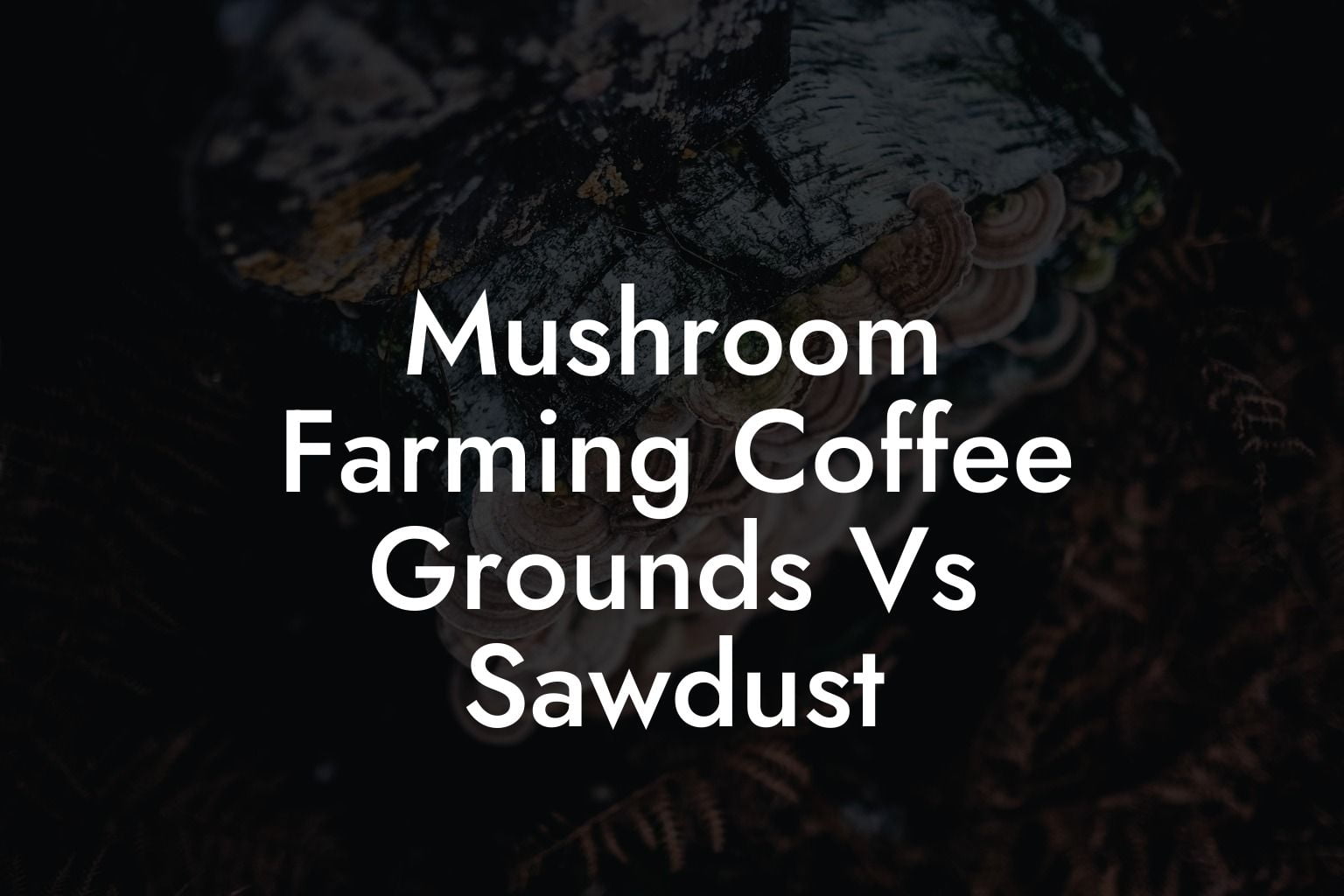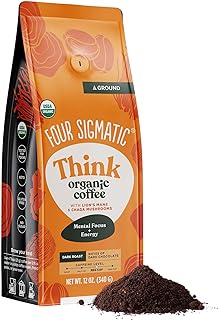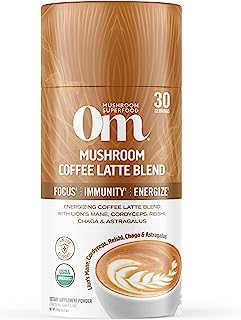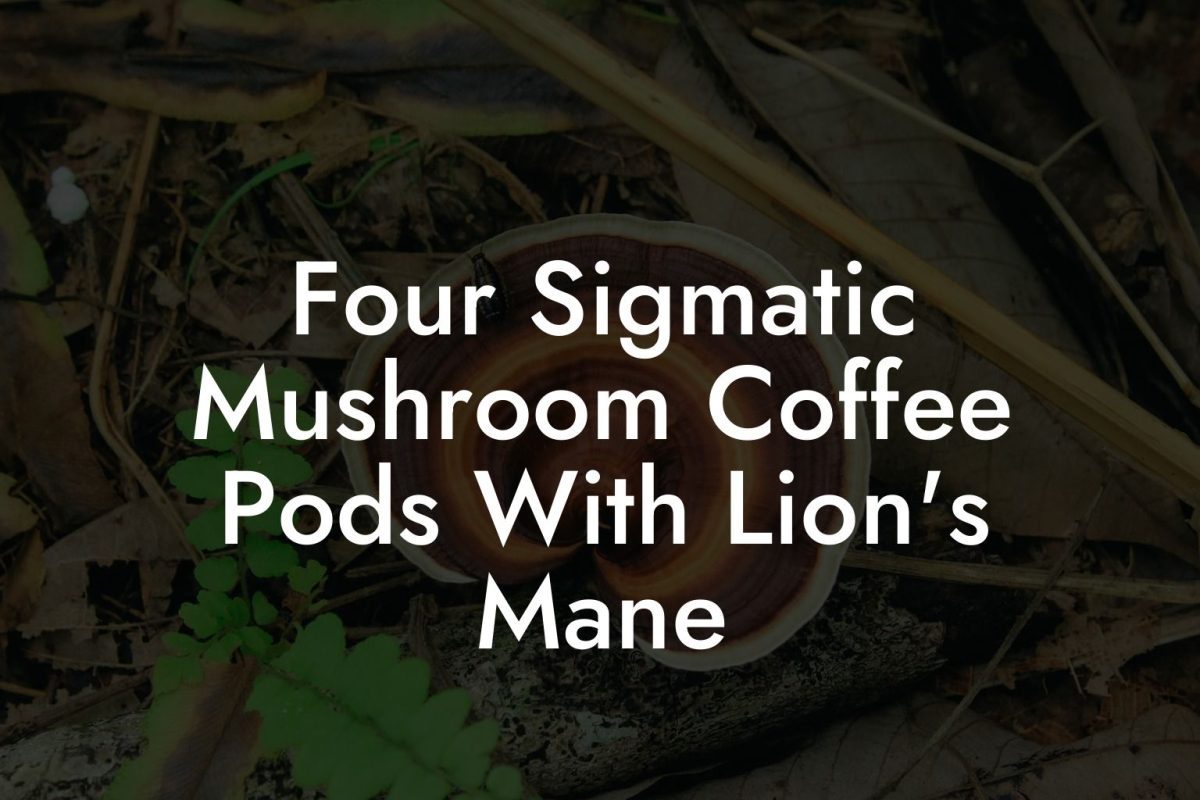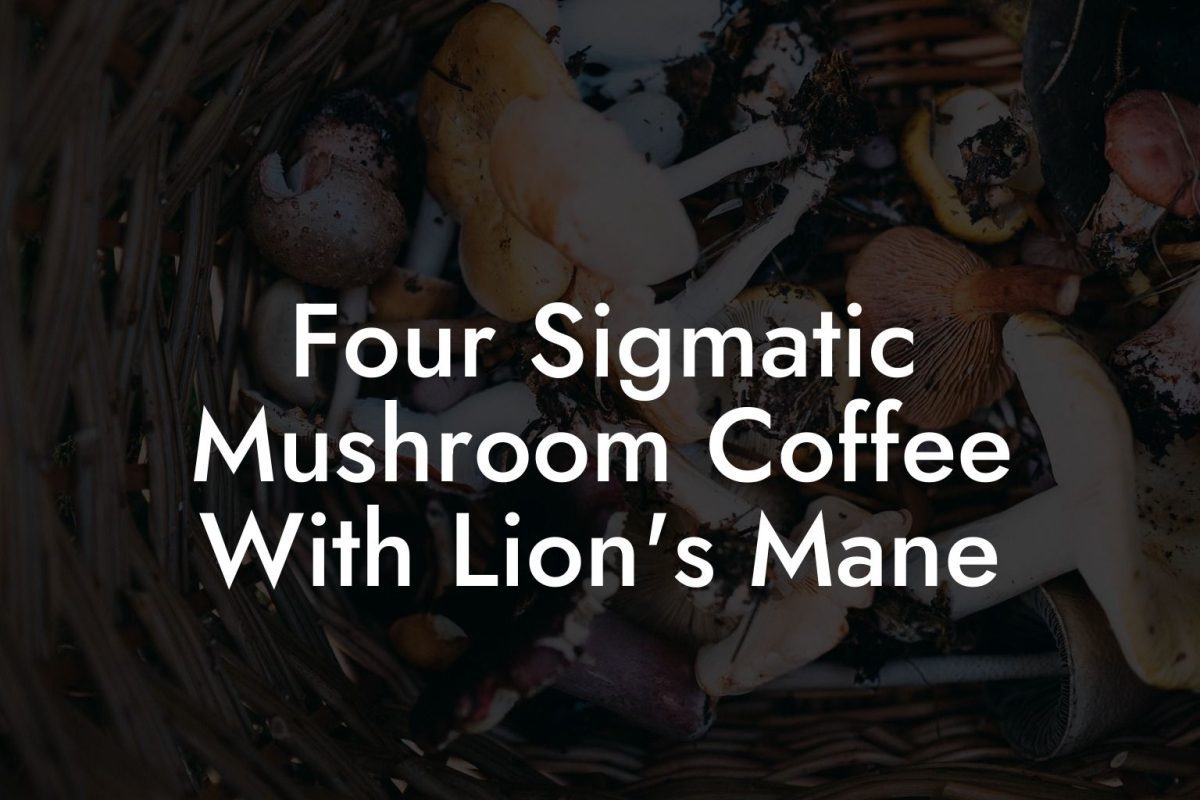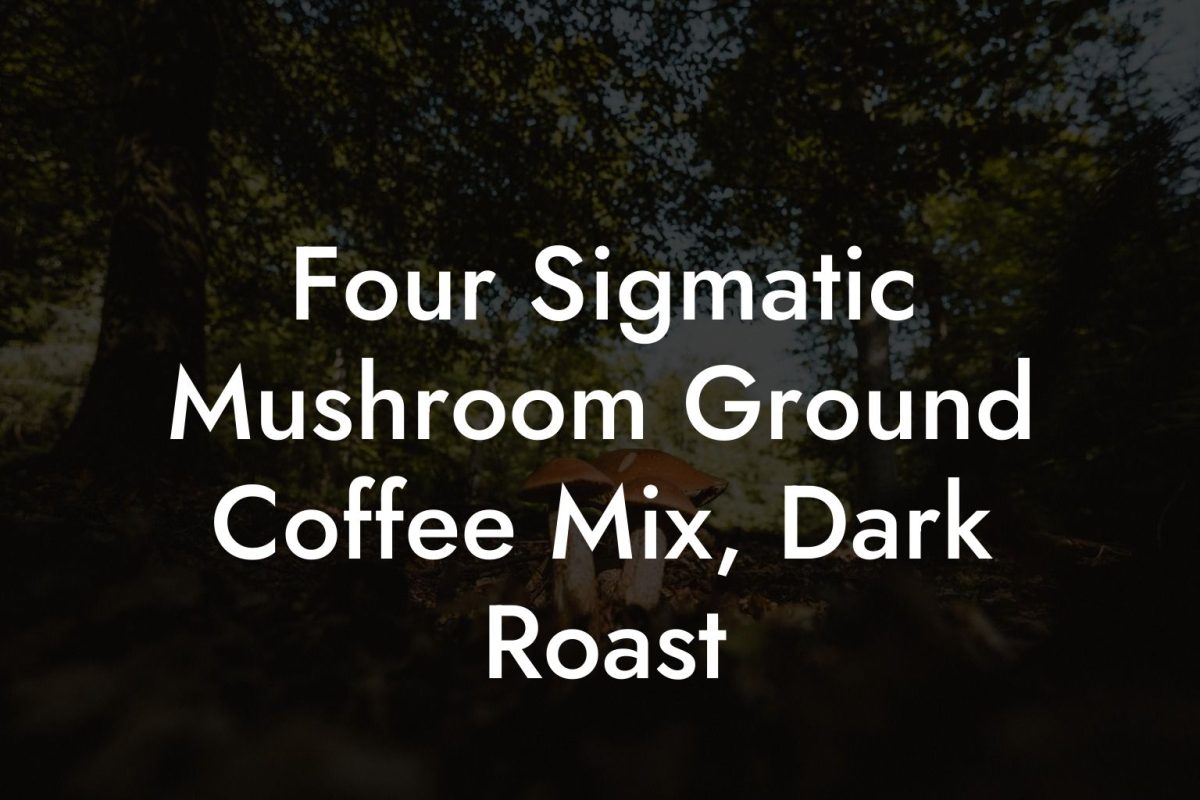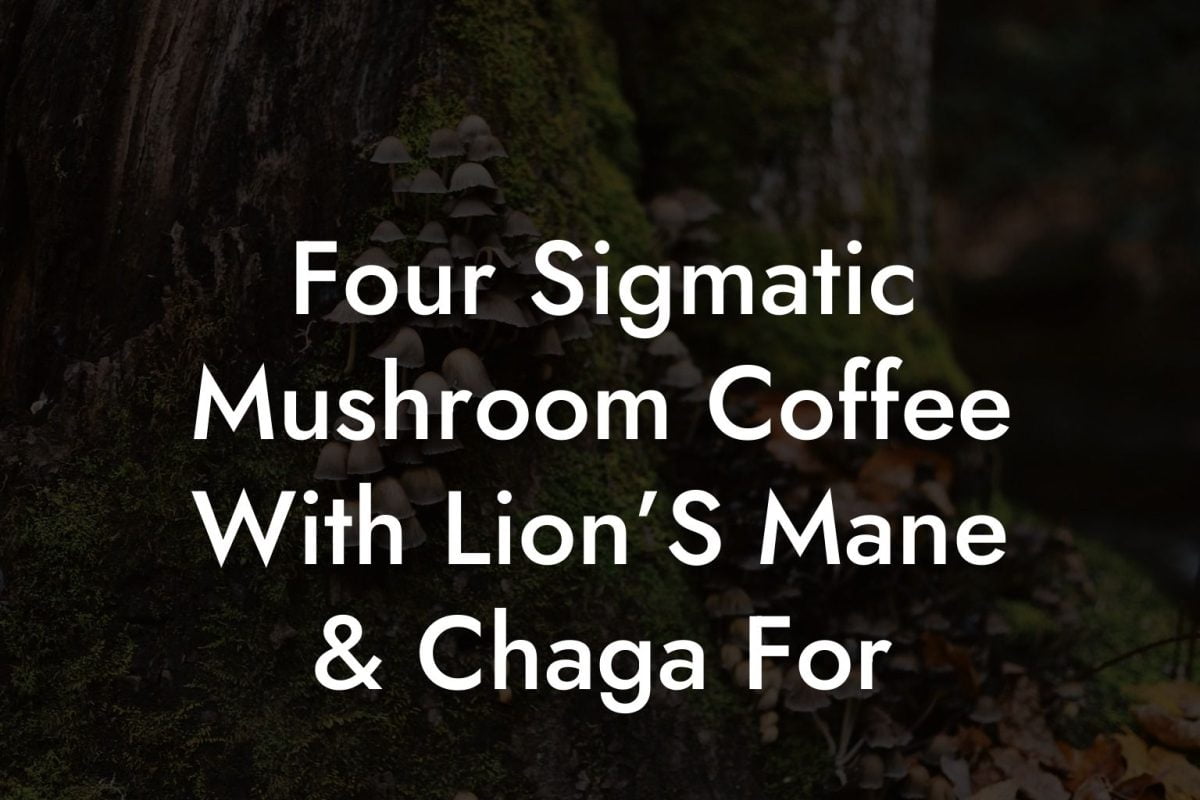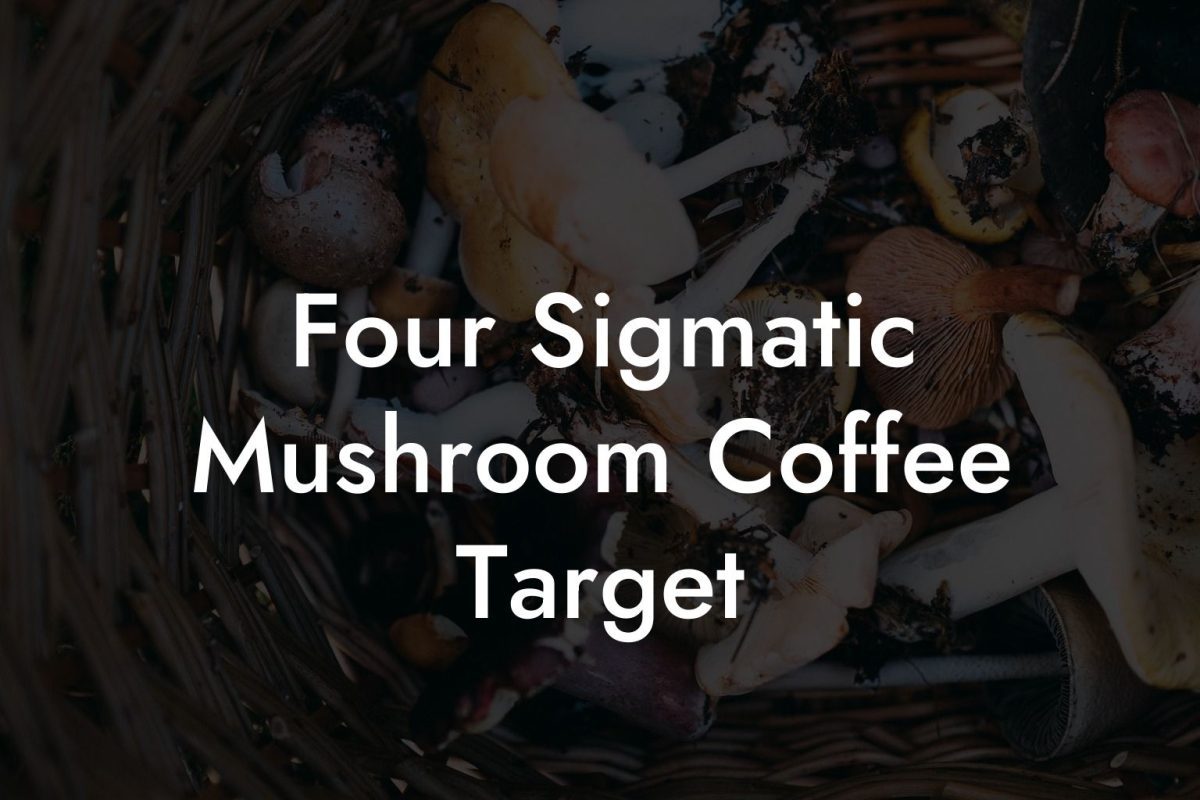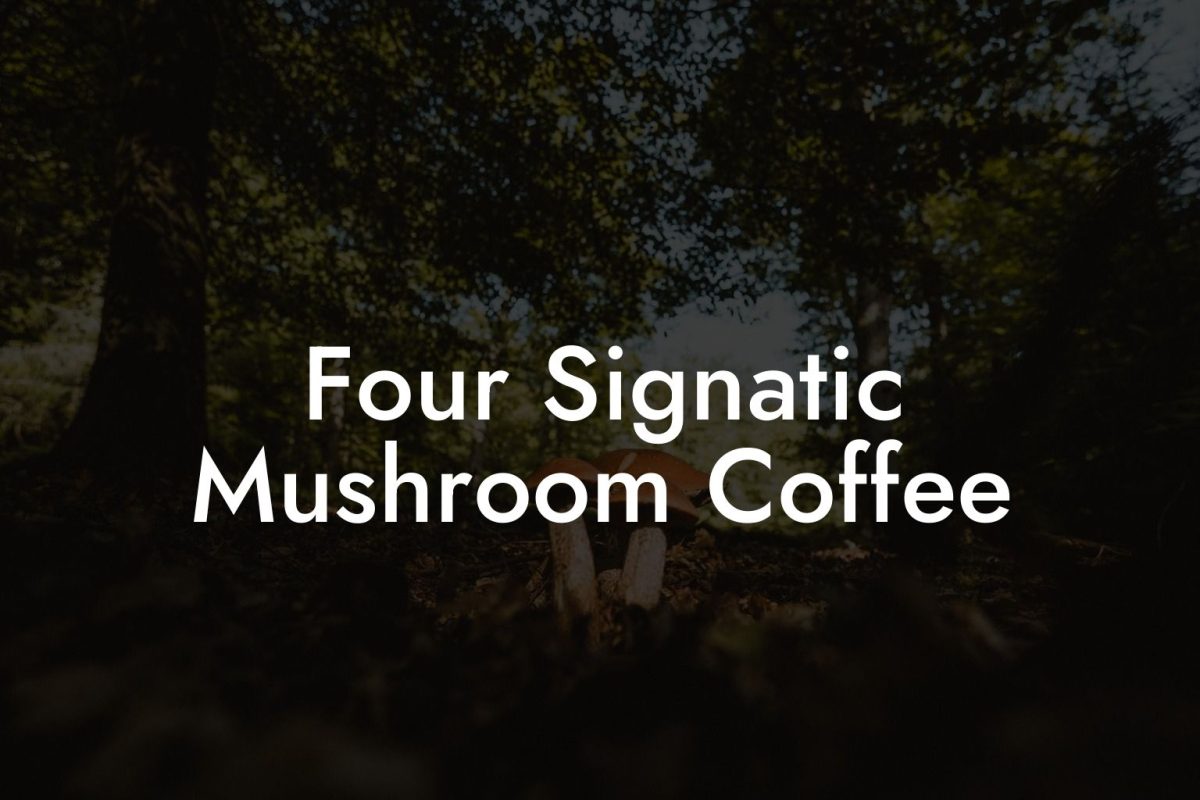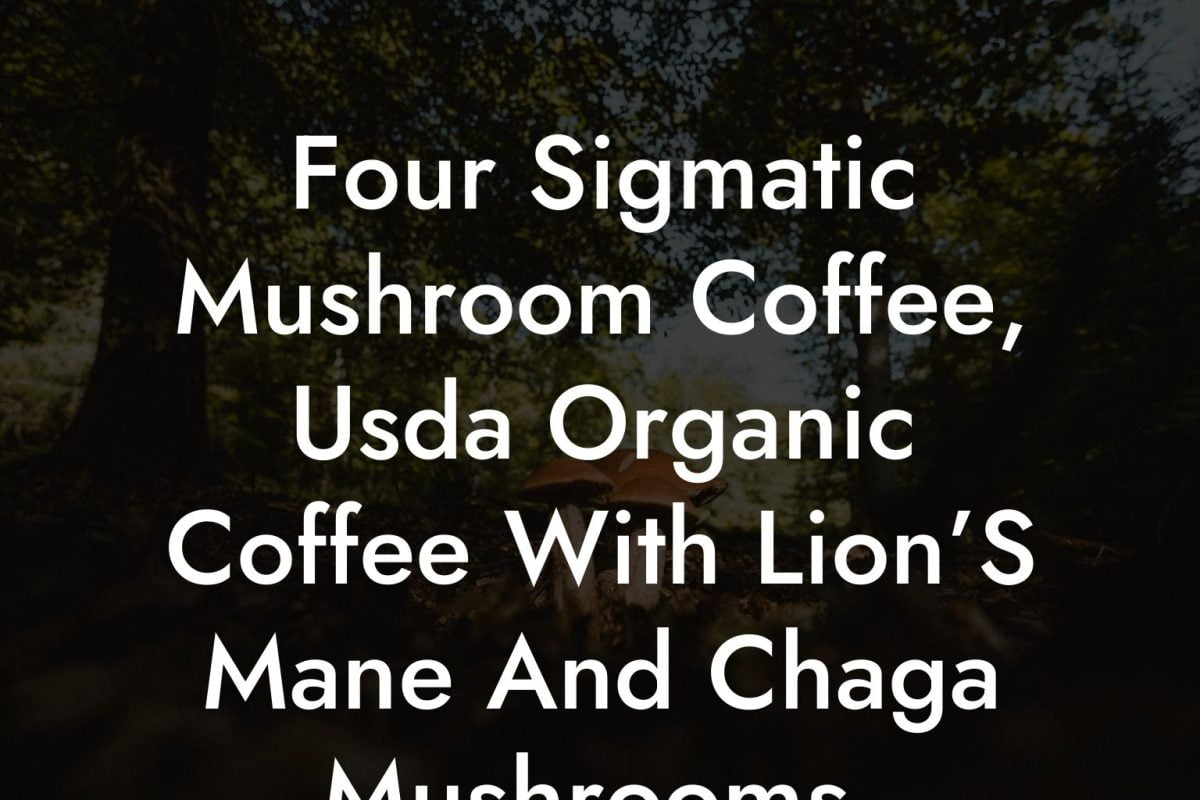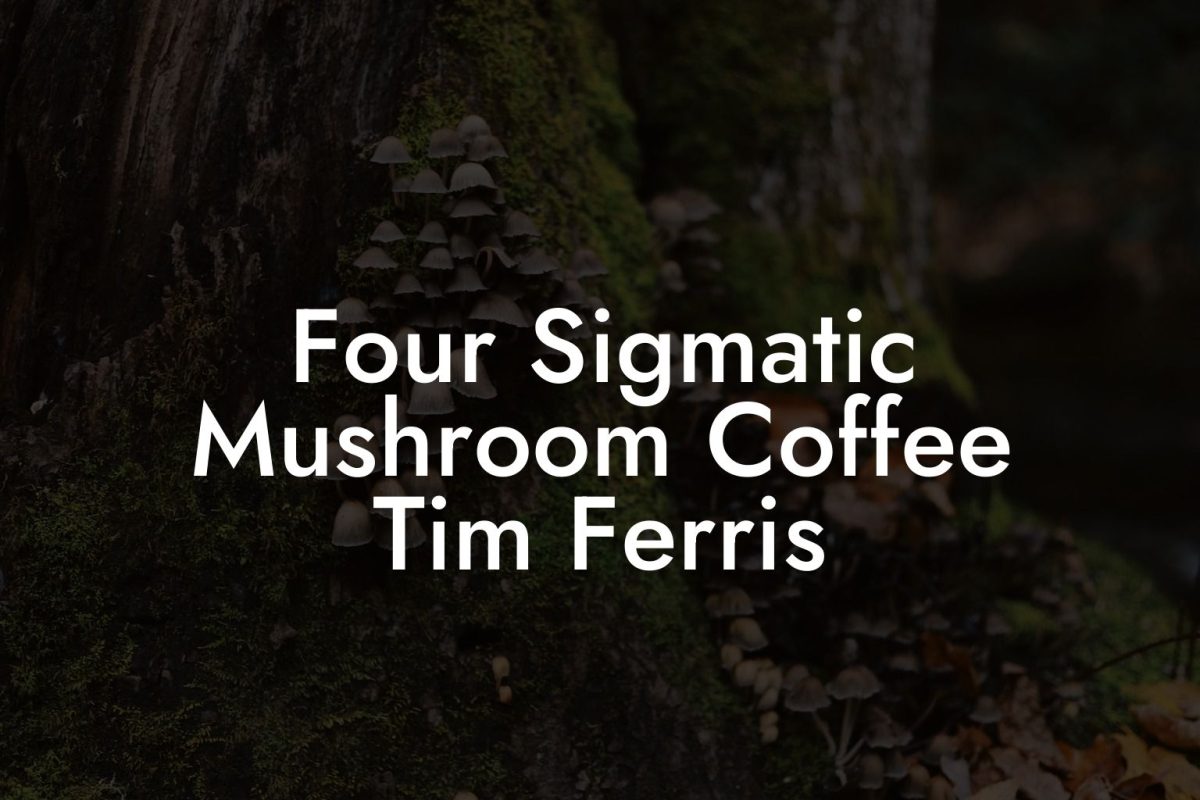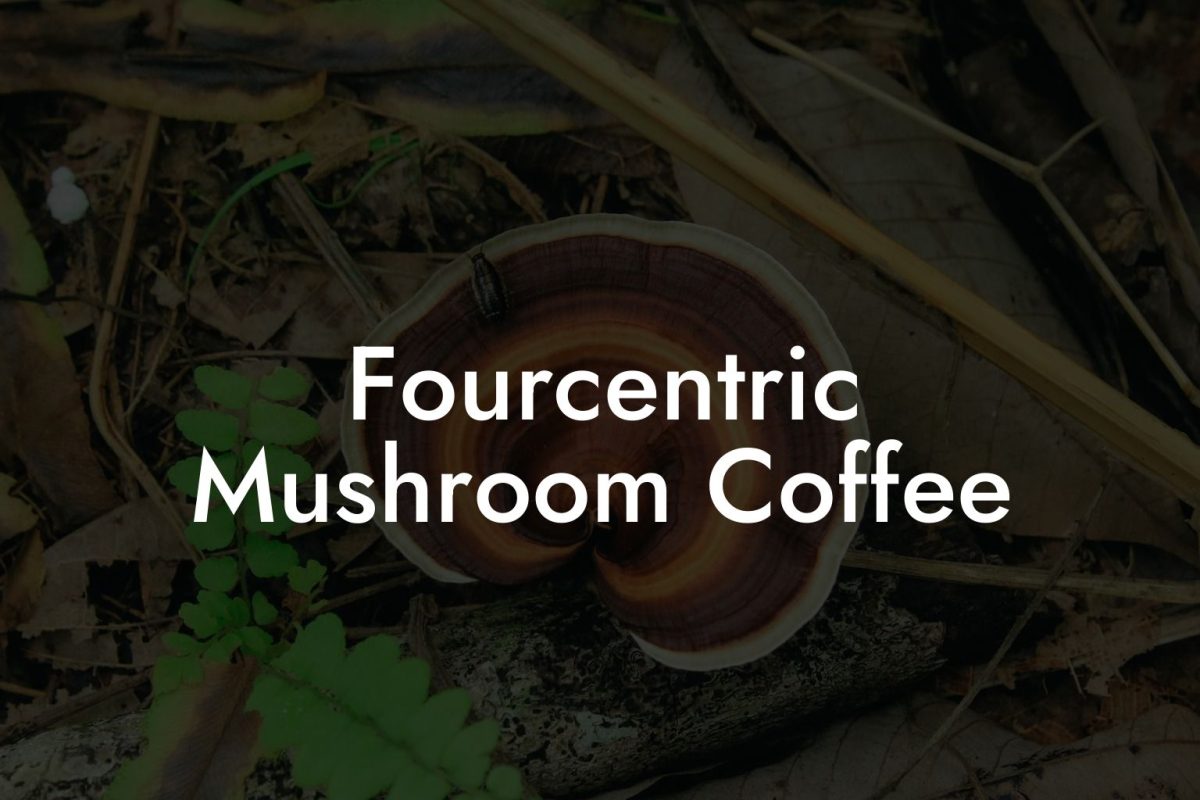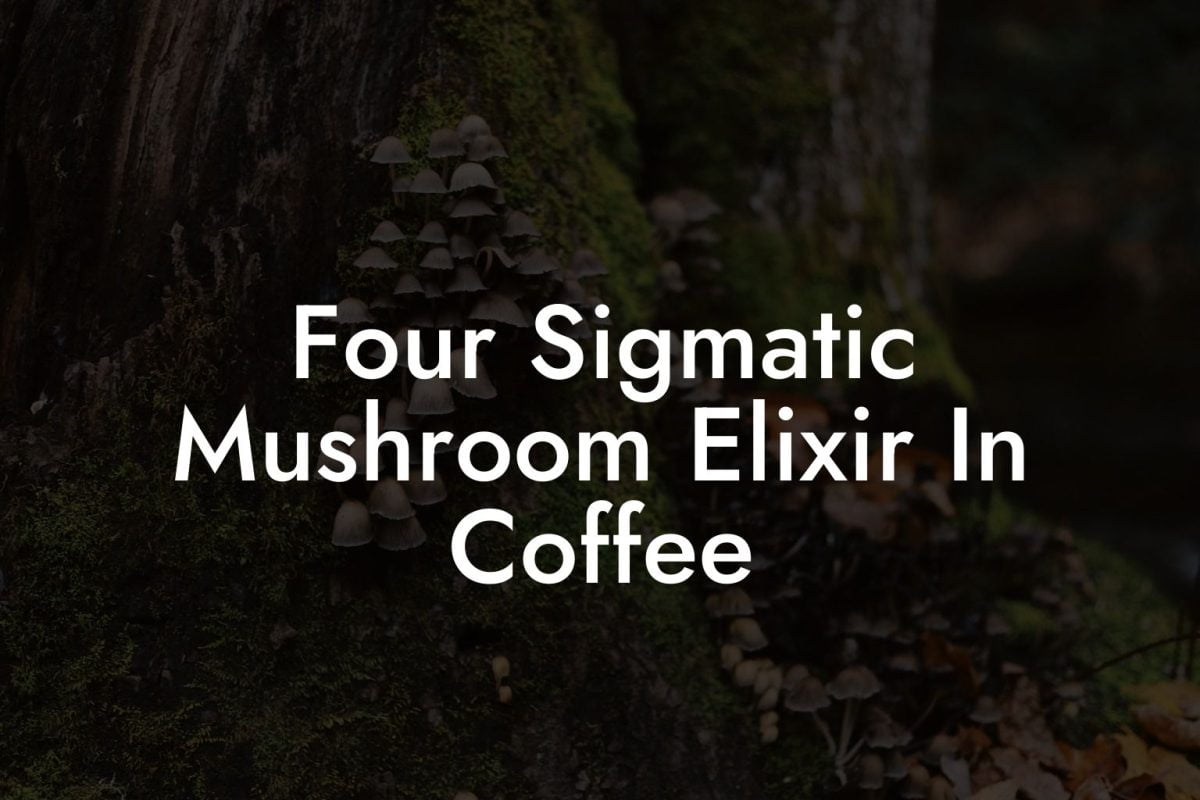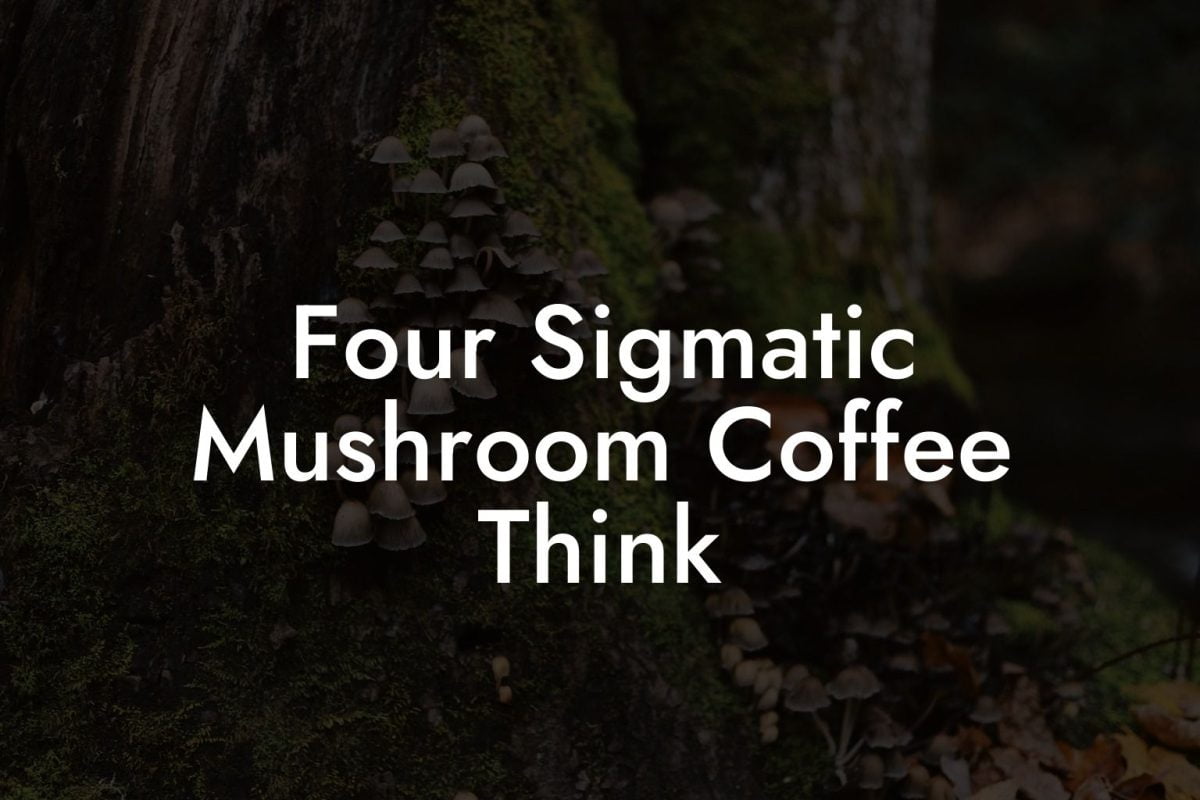Are you ready to get your hands dirty in the groovy world of mushroom farming? Picture this: a buzzing farm scene where coffee grounds and sawdust engage in an epic battle for the title of best mushroom substrate. If you’ve ever wondered whether those leftover coffee grounds from your morning latte or the humble sawdust chips from a local sawmill can boost your fungi game, you’re in the right place. Dive into this comprehensive guide that’s as fresh as your favorite espresso and as enlightening as your latest TikTok trend.
Quick Links to Useful Sections
- Substrate Showdown: An Overview of Coffee Grounds Vs Sawdust in Mushroom Farming
- Mushroom Farming 101: The Magic Behind the Mycelium
- The Lowdown on Coffee Grounds
- Sawdust: The Classic Contender in Organic Substrates
- Science in the Substrate: What Makes Them Tick?
- Cultivation Chronicles: Hands-On Tips for Using Coffee Grounds and Sawdust
- Preparing Your Substrates
- The Art of Inoculation
- Mixing It Up: Ratios and Combinations
- Monitoring and Maintenance
- Pros and Cons: Coffee Grounds vs Sawdust
- Coffee Grounds: The Perks and Pitfalls
- Sawdust: The Traditional Titan
- Beyond the Medium: Comparing Growth, Yield, and Flavor
- Growth Speed
- Mushroom Yield
- Flavor and Texture
- Common Hurdles in Mushroom Farming and How to Overcome Them
- Contamination Concerns
- Environmental Control
- Substrate Variability
- Innovative Techniques and Trends in Mushroom Farming
- Resources and Community Support: Your Next Steps
- Future Horizons: Innovations on the Mushroom Frontier
- Frequently Asked Questions about Mushroom Farming: Coffee Grounds Vs Sawdust
- Your Next Step: Get Started with Your Eco-Friendly Mushroom Farm
Substrate Showdown: An Overview of Coffee Grounds Vs Sawdust in Mushroom Farming
Mushroom farming is no longer confined to dusty backrooms, it’s a thriving urban trend with a sustainability twist that resonates with Gen Z and millennials alike. At the heart of this fungal revolution is substrate selection, where growers choose between organic coffee grounds and nutrient-rich sawdust. Both substrates offer distinct benefits and challenges, but which one perfectly complements your mushroom farming style and your morning brew habits?
In this guide, we’ll break down everything you need to know about how coffee grounds and sawdust work as growing media for mushrooms. We’ll explore the science behind each substrate, weigh their pros and cons, reveal insider tips, and answer those burning questions that keep you up at night. Whether you’re a budding mycologist or a casual mushroom coffee enthusiast, join us as we uncover the secrets of these unconventional agricultural heroes.
Mushroom Farming 101: The Magic Behind the Mycelium
Before we toss coffee grounds and sawdust into the spotlight, let’s take a moment to understand the basics of mushroom cultivation. Mushrooms are the fruiting bodies of fungi, and their growth starts with mycelium, a dense network of filaments that forms beneath the surface. Think of mycelium as the underground internet of the natural world, connecting, communicating, and creating the very foundation for mushroom development.
The substrate you choose is essential because it feeds the mycelium, allowing it to colonize and eventually produce those coveted mushrooms. This nutrient-dense base not only dictates growth speed and yield but can also subtly influence flavor and texture. In our digital age, where every decision is an opportunity to curate an eco-friendly lifestyle and share your journey on social media, understanding the nutrient dynamics of these substrates is a game changer.
Looking For The Best Mushroom Coffee? You'll Love These:
From urban gardeners repurposing their coffee waste to DIY enthusiasts scouting local sawmills, mushroom farming encapsulates the spirit of resourcefulness and sustainability. The question isn’t just “which substrate is better?” but also “which one aligns with my vibe, my goals, and my commitment to mindful living?”
The Lowdown on Coffee Grounds
Coffee grounds have been making waves far beyond your morning cup of joe. Often tossed out as waste, these grounds are a powerhouse of nutrients, making them an attractive option for organic mushroom cultivation. If you’re all about reusing and recycling while keeping your carbon footprint as low as your phone’s battery percentage after a long day, coffee grounds might be your new best friend.
Nutritional Benefits: Coffee grounds are rich in nitrogen and other trace minerals that promote vigorous mycelial growth. Their high organic content provides the necessary building blocks for fast colonization, which can mean speedier mushroom production. They’re also slightly acidic, an aspect that some mushroom species, like oyster mushrooms, appreciate.
Environmental Impact: Using coffee grounds is an eco-friendly move. Instead of letting them end up in landfills, repurposing these leftovers reduces waste and supports a circular economy. Plus, they’re often readily available in cafes and households, making them a cost-effective and sustainable choice.
Challenges to Consider: However, it’s not all smooth sips and success. Coffee grounds can sometimes harbor contaminants, and their consistency might vary depending on the brew and origin. Also, if overused, they may lead to overly acidic conditions that can hinder mycelial growth if not properly balanced with other materials.
In short, coffee grounds are a fantastic option for mushroom cultivators who love the idea of turning waste into wonder, but they work best when used as part of a balanced blend of substrates. They’re the sustainable side hustle your mushroom farm might need.
Sawdust: The Classic Contender in Organic Substrates
While coffee grounds are the cool, new kid on the block, sawdust has been a trusted medium for mushroom growers for ages. Sourced from hardwoods or softwoods, sawdust is versatile, widely available, and easy to work with. If you’re someone who appreciates robust, time-tested methods with a touch of rustic charm, then sawdust might just steal your heart.
Nutritional Profile: Sawdust provides a solid carbon source essential for sustaining mycelial growth over the long haul. Depending on the type of wood used, it can offer a well-balanced spectrum of nutrients that support both colonization and fruiting. Many experienced growers have fine-tuned their sawdust mixes to optimize yield and mushroom quality.
Environmental and Economic Benefits: Using sawdust aligns with ecological principles by repurposing a byproduct of the lumber industry. It’s low-cost, widely accessible, and an excellent way to reduce waste. In many cases, sawdust is free or available at a minimal price from local wood shops and sawmills.
Potential Downsides: Despite its many benefits, sawdust can sometimes be less nutrient-dense than other substrates, which may result in slower growth if not amended with additional nutrients. It also requires careful sterilization or pasteurization to eliminate competing organisms, a step that might seem daunting if you’re just starting out in the mushroom farming realm.
Whether you’re channeling your inner old-school farmer or simply appreciate nature’s raw, authentic offerings, sawdust remains a reliable mainstay in organic mushroom cultivation.
Science in the Substrate: What Makes Them Tick?
It’s time to put on your lab coat, figuratively, of course, and dive into the scientific intricacies of coffee grounds and sawdust. Understanding the biochemical properties of each substrate can help you decide which one suits your mushroom species, climate, and farming goals.
Coffee Grounds: With their high nitrogen content, coffee grounds create a nutrient-rich environment that promotes rapid colonization of mycelium. They also have natural antibacterial properties, which can sometimes give the colonization process a little extra oomph. However, the variability in pH and moisture content can be a double-edged sword; too much acidity might stress the mycelium if not buffered properly with other materials.
Sawdust: Sawdust is primarily composed of cellulose, hemicellulose, and lignin, which serve as structural components for many hardwood species. These complex carbohydrates require the assistance of specialized enzymes produced by the mycelium to break down effectively, a process that often takes a bit longer than the relatively easy digestion of coffee grounds. On the flip side, the slower rate of nutrient release in sawdust often translates to a more stable growth environment, particularly for species that prefer low nitrogen substrates.
In essence, while coffee grounds jump-start the growth process, sawdust provides the long-term, steady nourishment that some mushrooms crave. This interplay between rapid nutrient availability and sustained feeding is at the core of substrate science, an area where biochemistry meets ecological ingenuity.
Cultivation Chronicles: Hands-On Tips for Using Coffee Grounds and Sawdust
Ready to roll up your sleeves and get culturing? Whether you’re a DIY enthusiast or a budding entrepreneur in the world of sustainable agriculture, these practical tips will set you on the path to fungal success.
Preparing Your Substrates
Coffee Grounds: Start by collecting used coffee grounds from local cafes or your own morning brew (just be sure they’re free of contaminants). Allow them to cool and dry slightly, overly wet grounds can invite unwanted bacteria. If you’re using them in a mix, consider blending with other materials such as coco coir or sawdust to balance pH and maintain an ideal moisture level.
Sawdust: Choose high-quality, pesticide-free sawdust and, if possible, use hardwood variants for best results. Your sawdust should be pasteurized or sterilized to eliminate competitive fungal organisms. This can be achieved by steaming or boiling, followed by a careful drying process to avoid moisture issues later on.
The Art of Inoculation
Inoculation is the process of introducing mushroom spawn into your prepared substrate. For both coffee grounds and sawdust, this step is critical to jump-starting the mycelium’s colonization. Make sure to work in a clean environment to reduce the risk of contamination. Use sterile tools, and consider creating a “mushroom lab” corner in your home or garage, just like setting up your very own artisanal brew station.
Mixing It Up: Ratios and Combinations
One of the most exciting aspects of mushroom farming is experimenting with substrate blends. While you can go all-in on coffee grounds or sawdust, many successful growers opt for a hybrid approach. A common recipe might include:
- 60% sawdust for structural support and long-term nutrient release
- 30% coffee grounds for rapid mycelial growth and added nitrogen
- 10% coco coir or straw to enhance moisture retention and aeration
Play around with these ratios based on your local climate, the mushroom species you are cultivating, and even your personal taste for experimentation. The key is to maintain the right balance between nitrogen-rich and carbon-rich ingredients, because in the end, mushroom farming is as much an art as it is a science.
Monitoring and Maintenance
Once your substrate is inoculated, it’s time to settle in for a period of colonization. Keep an eye on temperature, humidity, and pH levels, and adjust as necessary by ventilating the area or adding water in a controlled fashion. Digital thermometers, hygrometers, and pH meters might become your new best friends. Remember, a well-managed environment not only speeds up colonization but also minimizes the risk of contamination, a common nemesis in the mushroom farming journey.
Throughout this process, document your recipes and adjustments. Trust us, you’ll want to look back on your trials and errors and even share your insights with fellow enthusiasts online, sparking a conversation that could lead to the next big breakthrough in sustainable agriculture.
Pros and Cons: Coffee Grounds vs Sawdust
Let’s break it down: every substrate comes with its own portfolio of strengths and weaknesses. In our quest to pinpoint the ideal medium, it’s important to weigh these factors carefully.
Coffee Grounds: The Perks and Pitfalls
- Pros:
- Rich in nitrogen for rapid mycelium growth
- Eco-friendly, helps reduce coffee waste
- Readily available and cost-effective
- Can enhance flavor profiles for certain mushroom species
- Cons:
- High acidity can be problematic if not balanced
- Variable quality depending on bean source and brewing method
- Risk of contamination if not properly handled
Sawdust: The Traditional Titan
- Pros:
- Provides a stable, carbon-rich base
- Widely used in commercial mushroom farming
- Relatively consistent quality when properly processed
- Highly cost-effective when sourced in bulk
- Cons:
- Requires more processing (pasteurization/sterilization)
- Slower nutrient release compared to coffee grounds
- May need supplementation to boost nitrogen levels
Ultimately, the choice between coffee grounds and sawdust often boils down to your specific needs, availability of materials, and the type of mushrooms you plan to cultivate. Both substrates can yield spectacular results when employed correctly, so why not experiment and harness the best of both worlds?
Beyond the Medium: Comparing Growth, Yield, and Flavor
It’s not just about which substrate is trendier or more eco-friendly, the endgame is exceptional mushrooms. Let’s compare how coffee grounds and sawdust can affect three crucial outcomes: growth speed, yield volume, and flavor profile.
Growth Speed
Coffee grounds typically offer a faster colonization rate due to their high nitrogen content. If you’re impatiently refreshing your Instagram feed with mushroom coffee posts, this rapid growth might have you dancing in delight. Sawdust, by contrast, provides a more stable and gradual release of nutrients. It may take a bit longer, but the slow and steady approach often leads to robust mycelial networks that withstand environmental stress.
Mushroom Yield
Yields can be influenced by the perfect balance of nutrients and moisture. While coffee grounds may give you quick wins, the hybrid approach of combining coffee grounds with sawdust can sometimes deliver the best yields. Many growers report that mixing the two not only optimizes nutrient levels but also creates a substrate that supports higher quantities of dense, meaty mushrooms.
Flavor and Texture
Believe it or not, your substrate might influence the final flavor and texture of your mushrooms. Coffee grounds can impart subtle, earthy notes that might wonderfully complement the natural taste of varieties like oyster or shiitake mushrooms. Conversely, sawdust’s neutral profile allows the inherent flavors and aromas of the mushroom species to shine. The interplay between substrate and mushroom species is an exciting area of trial and error, where personalized tweaks can lead to truly gourmet outcomes.
Common Hurdles in Mushroom Farming and How to Overcome Them
Like any adventure, mushroom farming isn’t without its pitfalls. Whether you’re battling contamination, dealing with inconsistent substrate quality, or navigating environmental fluctuations, mastering these challenges is essential to your success.
Contamination Concerns
Contamination is the arch-nemesis of mushroom growers. Both coffee grounds and sawdust can harbor molds, bacteria, and other unwanted guests if not properly prepared. Maintain strict cleanliness protocols in your workspace, use sterilized equipment, and consider investing in a HEPA filter for your cultivation area. A few extra precautions now will save you from fungal fiascos later.
Environmental Control
Mushrooms are finicky about their microclimate. Insufficient humidity or erratic temperatures can derail even the best substrate setup. Utilize hygrometers and digital thermometers to monitor the conditions closely. Automated misting systems and temperature-regulated environments (even if it’s just a DIY modification in your garage) can create the perfect habitat for your mushroom troop.
Substrate Variability
One of the challenges with using repurposed materials like coffee grounds is variability. Their nutrient content might differ day-to-day, which calls for consistent testing and occasional adjustments. When in doubt, blend your coffee grounds with a more stable medium like sawdust to ensure your mycelium isn’t thrown off its groove.
Keep a detailed log of your cultivation experiments, record everything from substrate ratios and environmental readings to harvest yields and flavor notes. This data will be your secret weapon as you refine your techniques and troubleshoot hiccups along the way.
Innovative Techniques and Trends in Mushroom Farming
Mushroom farming is evolving at warp speed, thanks to digital innovation and cross-disciplinary creativity. Today’s growers are not only farmers, they’re bio-hackers, DIY scientists, and social media influencers all rolled into one. Here are a few of the hottest trends:
- Smart Farming and IoT: Automated sensors, data-driven decisions, and remote monitoring are transforming mushroom farming from a traditional craft into a modern agritech venture. With real-time updates on humidity, temperature, and pH levels, you can keep your substrates in prime condition without missing a beat.
- Hybrid Substrate Blends: Experimentation is the name of the game. Many innovative growers are combining coffee grounds, sawdust, coco coir, and even agricultural byproducts to create the perfect mushroom-growing elixir. This approach not only enhances yields but also delivers unique flavor profiles that can set your harvest apart in a crowded marketplace.
- Urban Mushroom Gardens: From repurposed warehouses to rooftop gardens, urban mushroom farming is creating a vibrant, community-centric movement. It’s a great opportunity to educate your local community about sustainability, organic farming, and, of course, the health benefits of mushroom coffee.
- Sustainable Packaging and Branding: Eco-friendly practices aren’t just for the substrate, they extend to every aspect of your operation. Thoughtful packaging, social media storytelling, and collaborations with local businesses can help you build a brand that resonates with eco-conscious consumers.
Resources and Community Support: Your Next Steps
Ready to level up your mushroom farming journey? The community around sustainable agriculture and organic cultivation is vibrant and welcoming. Whether you’re a seasoned grower or a newbie eager to experiment, here are a few resources and next steps to keep you connected and informed:
- Online Forums and Social Media Groups: Platforms like Reddit, Facebook, and Discord host countless communities dedicated to mushroom cultivation and sustainable farming. Join groups such as “Mushroom Growers Unite” or search for local meet-ups on Instagram where you can swap tips, success stories, and hilarious cultivation mishaps.
- Workshops and Webinars: Look for online courses, live sessions, and virtual workshops hosted by expert mycologists. These sessions can range from beginner tips on substrate preparation to advanced biohacking techniques for optimizing yield.
- Local Farming Collectives: Whether it’s community gardens or urban farms, local collectives often welcome enthusiasts with hands-on experience. Connecting with local growers can provide invaluable insights and open doors to shared resources like bulk substrate supplies at a fraction of the cost.
- DIY and Maker Communities: Platforms like Instructables or Pinterest often feature creative DIY projects on setting up home-based mushroom farms. These projects are perfect for those who love a good challenge and want to combine tech with nature in a playful, innovative way.
- Academic Journals and E-Books: For those interested in the scientific underpinnings of substrate choices, check out free e-books and research papers on mushroom cultivation. Many universities and agricultural organizations share their findings online, knowledge that’s perfect for the curious and the quirky alike.
The journey of mushroom farming is one of continuous learning, experimentation, and community support. With every harvest, you’re not just growing mushrooms; you’re cultivating a lifestyle that values sustainability, ingenuity, and an open-minded approach to life.
Future Horizons: Innovations on the Mushroom Frontier
As technology and sustainable practices continue to weave together, the future of mushroom farming stands at an exciting juncture. Imagine smart substrates that adjust moisture levels automatically, AI-powered growth monitoring apps, and bioengineered mushrooms with enhanced nutritional profiles. The curious confluence of biotechnology and eco-conscious innovation is not only transforming how we farm but also redefining food systems and community resilience.
For a generation raised on the internet and inspired by grassroots movements, these innovations are both empowering and exhilarating. They signal a future where age-old agricultural practices meet cutting-edge technology to create systems that are as sustainable as they are efficient. Whether you lean towards the speed and impact of coffee grounds or the traditional reliability of sawdust, the horizon is brimming with potential and opportunities for creative exploration.
Frequently Asked Questions about Mushroom Farming: Coffee Grounds Vs Sawdust
We’ve compiled some of the most common questions our buzzing community has about choosing between coffee grounds and sawdust as substrates for mushroom farming. Check out these FAQs to get quick, expert answers!
1. Which substrate is better for faster mycelial colonization, coffee grounds or sawdust?
Generally, coffee grounds promote quicker colonization due to their high nitrogen content, while sawdust tends to offer a more stable, long-term nutrient supply. The best choice often depends on the mushroom species and your desired growth timeline.
2. Can I use coffee grounds and sawdust together?
Absolutely! Many growers blend coffee grounds and sawdust to optimize both rapid growth and sustained support. A hybrid mix strikes a balance between fast nutrient availability and structural stability.
3. Are there any safety concerns when using coffee grounds?
Coffee grounds must be handled properly to avoid contamination. Always source them from clean, pesticide-free origins, let them cool after brewing, and consider mixing them with other substrates to balance their pH and moisture.
4. How do environmental conditions affect the performance of these substrates?
Temperature, humidity, and pH play significant roles in substrate performance. Coffee grounds may perform best in slightly acidic, moist conditions, whereas sawdust benefits from steady, stable environments. Monitoring these factors is key to preventing contamination and optimizing yields.
5. Which substrate is more sustainable?
Both substrates are sustainable when sourced responsibly. Coffee grounds reduce waste by repurposing a common byproduct and sawdust leverages materials that might otherwise be discarded from lumber operations. Your choice might depend on availability and local sustainability practices.
6. Is there a significant difference in mushroom flavor depending on the substrate used?
The substrate can subtly influence mushroom flavor. Coffee grounds may impart a slight earthy and robust note, while sawdust generally offers a neutral background that lets the mushroom’s natural taste shine. Experimentation can reveal the perfect flavor profile for your palate.
7. How important is pasteurization in using sawdust?
Pasteurization or sterilization is crucial when using sawdust to eliminate unwanted pathogens and competing organisms. Proper treatment ensures the mycelium thrives without competition, leading to a healthier yield.
8. What are some common mistakes beginners make when working with these substrates?
Common pitfalls include improper moisture management, inadequate sterilization, and incorrect substrate ratios. It’s essential to maintain rigorous cleanliness protocols and experiment with small batches to refine your process.
Your Next Step: Get Started with Your Eco-Friendly Mushroom Farm
Embracing the art and science of mushroom farming with coffee grounds or sawdust isn’t just about growing food, it’s about cultivating a sustainable lifestyle that reconnects you with nature. Whether you're harnessing wasted coffee grounds to fuel explosive mycelial growth or relying on the steady reliability of sawdust, each method has its own rhythm to match your rhythm.
As you experiment with substrate blends, remember that every misstep is just a quirky chapter in your learning process, an opportunity to laugh, learn, and iterate. With a dash of scientific curiosity, a pinch of DIY spirit, and a full mug of creativity, you’re more than equipped to embark on this green adventure.
Share your journey on social media, connect with other mushroom enthusiasts, and be proud of every harvest that not only nourishes your body but also contributes to an eco-friendlier world. The world of mushroom farming is as much about community as it is about cultivation, so don’t hesitate to swap tips, celebrate small victories, and even laugh at the occasional fungal flub.
Your adventure into sustainable mushroom farming begins now. Brew some coffee, grab some sawdust, and let nature, and a bit of trial and error, show you the way to an abundant, eco-friendly harvest.
Cheers to turning everyday waste into gourmet mushrooms, to creative experiments that defy convention, and to a future where sustainability meets style in every harvest. Happy farming!
Looking For The Best Mushroom Coffee? You'll Love These:
Useful Interruption: Dive deeper into the world of Mushroom Coffee with our most popular sections. If there is anything you think is missing or anything you would love for us to write about, just give us a shout.
- Mushroom Coffee Equipment & Product Reviews
- Mushroom Coffee Recipes & Creative Variations
- Mushroom Coffee Guides & Troubleshooting
- Mushroom Coffee Brewing & Preparation Techniques
- Model Rocket Advanced Rocketry & Innovations
- Mushroom Coffee Fundamentals
- Model Rocket Equipment Reviews & Digital Tools
- Mushroom Coffee Health Benefits & Wellness
- Mushroom Coffee Mycology & Scientific Insights
- Mushroom Coffee Community, Lifestyle & Engagement
I tried mushroom coffee this morning and told my friend, "This brew is spore-tacular!" He shot back, "Guess that's why it's such a cap-tivating way to kickstart your day!"

